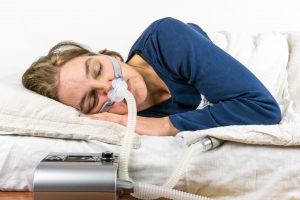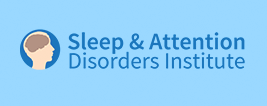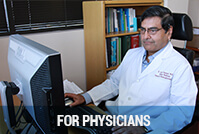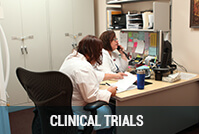Changing definitions of sleep apnea – should we still treat mild sleep apnea?

Changing definitions of sleep apnea – should we still treat mild sleep apnea?
Whether we should treat mild sleep obstructive apnea, may depend on the definition used for scoring hypopneas. The American Academy of Sleep Medicine (AASM) scoring manual defines hypopneas. This definition has changed several times over the years, sometimes going back and forth between the same set of definitions. The definition is required to change again on October 1, 2018.
The Center for Medicare and Medicaid Services (CMS) defines hypopneas as a 30% decreased in airflow (measured using nasal pressure) accompanied by a 4% or greater decrease in blood oxygen saturation. The AASM definition (optional currently and required starting in October 2018) is a 30% decrease in airflow (measured using nasal pressure) accompanied by a 3% or greater decreased in blood oxygen, or an arousal.
Previous definitions have varied between:
1. 30% decrease in airflow as opposed to 50% decrease in airflow
2. Use of nasal pressure (measuring change in air pressure in the nose with breathing) as opposed to thermistor (measuring change in air temperature in the nose and mouth with breathing)
3. 3% drop in blood oxygen as opposed to 4% drop in blood oxygen
4. Scoring hypopneas with arousals are present as opposed to ignoring arousals
In each of the four instances above, the first definition results in more hypopneas being found than the second definition. We are now moving towards the most liberal definition.
In comparing the CMS definition to the AASM definition, a number of researchers have reported that the apnea-hypopnea index (AHI, or the number of apneas and hypopneas per hour of sleep) reported by the AASM definition doubles or triples compared to the CMS definition. Sleep apnea is defined as an AHI of five or more. Using the CMS definition, about 30% of the adult population has sleep apnea. Using the new AASM definition, about 70% of the adult population has sleep apnea.
With this background, let us look at whether mild sleep apnea should be treated:
Using the CMS definition, there is considerable evidence that severe sleep apnea (AHI greater than 30/h sleep) leads to increased risk of high blood pressure, heart attacks, strokes, diabetes, dementia, irregular heart-beat, and even sudden death. There is suggestive evidence that treating such severe sleep apnea decreases those risks, resulting in better health and a longer life. Using the CMS definition, there is suggestive evidence that moderate sleep apnea (AHI 15-30/h sleep) causes increased risk of high blood pressure, heart attacks, strokes, diabetes, dementia, irregular heart-beat, and sudden death. There is some evidence (less clear-cut) that treating moderate sleep apnea reduces these risks, and this may also lead to a healthier and longer life. Using the CMS definition, there is evidence that sleep apnea, even when mild (AHI 5 -15/h sleep) may cause sleepiness. There are many other causes of sleepiness, and treatment of sleep apnea often (but not always) results in improvement in sleepiness. There is controversial evidence that mild sleep apnea can cause or worsen high blood pressure, and that treating mild sleep apnea may improve blood pressure. There are researchers who argue that mild sleep apnea should be treated only in the presence of sleepiness.
When we use the AASM definition instead (as we have to starting October 2018), we can expect a doubling of the number of sleep apnea patients at every level of severity. The consequences of mild sleep apnea using the AASM definition are in controversy. Does it cause sleepiness? Does it increase high blood pressure? We really do not know. With this definition, the increased risk of heart attacks, strokes, diabetes, dementia, and sudden death with moderate to severe sleep apnea is also not as clear-cut.
Now, many sleep physicians and sleep centers have been using the AASM definition for several years. It makes sense that these physicians and sleep centers diagnose and treat more people with sleep apnea. Sleep physicians and sleep centers who have been using the CMS definition diagnose fewer. With the required change in definition, we should prepare for more people who might be considered normal by CMS definition being diagnosed with sleep apnea. Therefore, more people will be advised treatment. Is this increase in diagnosis and treatment really necessary? Should we stop treating mild sleep apnea when we use the AASM definition? Perhaps, but I suppose time will tell.









